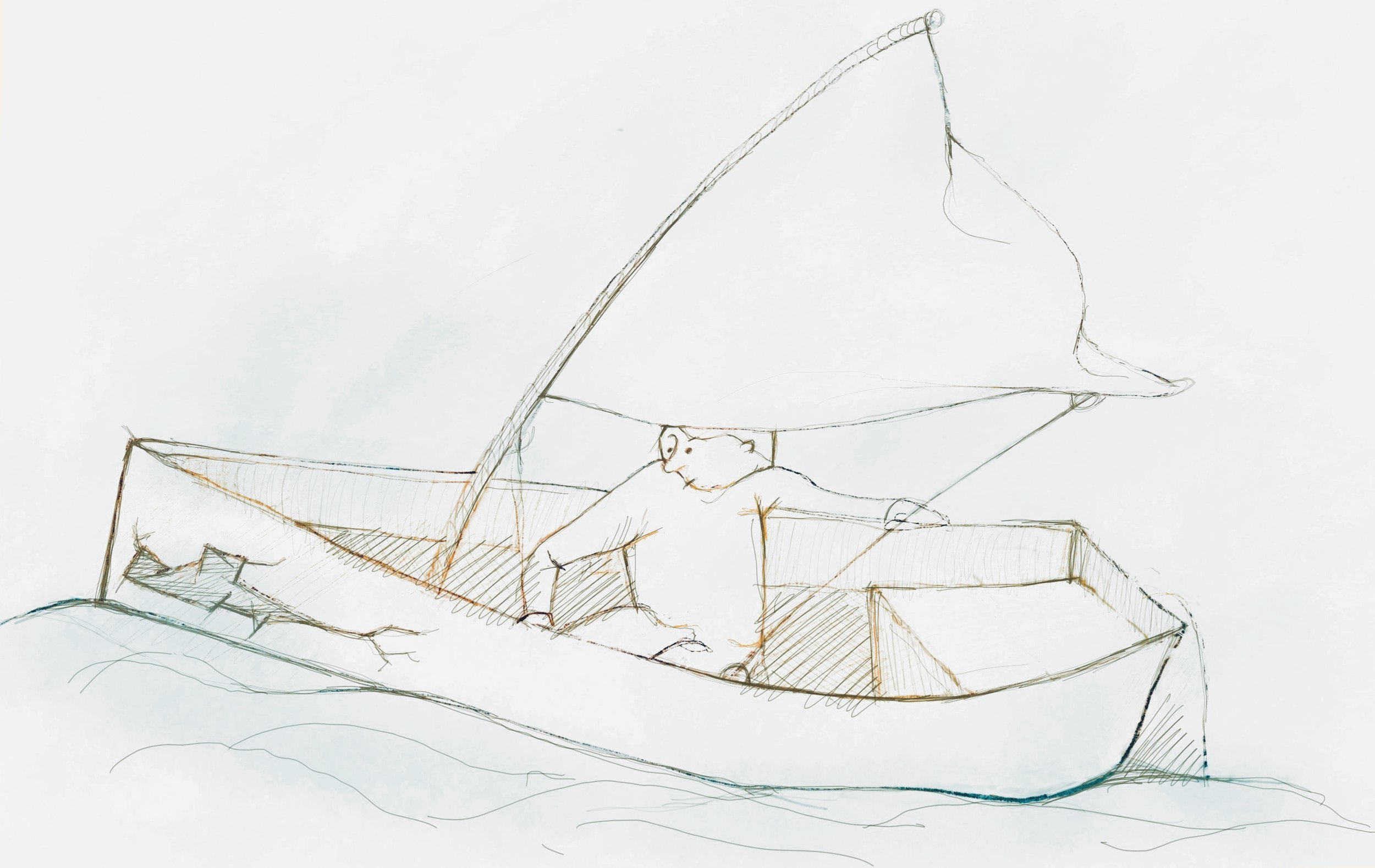How to Feel More Confident in Your Decisions
Is the decision that you’re making above the waterline or below? Illustration by artinker.com for Kate Leto.
Product leaders face uncertain and ambiguous decisions every day.
To list just a few:
Is this the right person to hire?
When is the right time to scale my teams?
What is the best way to share with my team news of unexpected changes in the organisation?
Have we over-or under-invested in a feature/ product/line of business?
Do I look for a new job or stay where I am?
The majority of these questions refer to trying to get to the “right” answer. We could spend weeks or months vacillating on a decision and holding out for extra data in hopes of making the perfect decision. In reality, though, delaying decisions often leads us to feel stuck, miss opportunities, loose momentum and create uncertainty for us and our teams.
For many of us, though, the inability to make a decision is rarely about not having the “right” data. Instead, it’s often directly related to a core fear that we hold. Maybe it’s fear that getting it wrong proves that we’re not good enough. Or, fear that our one wrong decision will lead to a bigger, more devastating outcome. (A tendency called catastrophising.)
Reflecting on our decision-making patterns through journaling is a great first step to understanding what might be holding us back. Personally, I can be horrible at making decisions, so I started keeping a “decision- making journal” to track what the decision was, my options, what I decided and what the outcome was. It’s been helpful- and some times even amusing - to look back at decisions that I was struggling with in the past and to realise that some of those fears no longer exist, while some still linger now.
Another approach to ease decision-making stress, is to ask yourself if the decision is reversible or not. When you think about it, product features can be iterated on, strategies can evolve, conversations with stakeholders and team members are rarely “done.” Even decisions about hiring, promoting, and your own career can be re-visited.
In a letter to Amazon shareholders, Jeff Bezos compares making decisions to doors. Is the decision a one-way door or a two-way door? When you walk through a one-way door, there’s no coming back. It’s irreversible. While with a two-way door, you can go through and return. It’s reversible. He calls the irreversible decisions Type 1 and reversible ones Type 2.
Bezos goes on to say that most decisions are Type 2, but as organisations scale, the tendency is to lump the majority of decisions into Type 1, where the “end result of this is slowness, unthoughtful risk aversion, failure to experiment sufficiently, and consequently diminished invention.”
From my experience working with Product leaders and executives, I’ve seen something similar. As someone takes on more responsibility or moves into a higher role, there’s an initial tendency to want to avoid risk and hesitancy to make a decision. There’s a lot of anxiety about getting the decision wrong, which leads to drawn out decision-making processes and often missed opportunities.
One of the decision-making aids that I share with clients is the Waterline, developed at W. L. Gore & Associates, the makers of GORE-TEX, to help team members better identify when they are empowered to make decisions and when getting extra advice and input is required.
The principle is based on considering the riskiness to the organisation in taking action. It goes like this: On a boat, a hole above the waterline means the boat can keep sailing. But a hole below the waterline will probably sink the boat. This kind of mistake is hard to recover from and will cause serious damage.
As an experiment, when you catch yourself slipping into decision-making panic, ask yourself, is this decision above the waterline and reversible? Or, is it below the waterline and risks sinking the boat? Will it cause irreparable harm to your product, team, company or customer? If it’s below, stop and think who you need to consult with and what quantitative or qualitative data might be helpful.
If it’s above the waterline, make the decision in confidence that it is reversible. You can revisit if and when you need to. And remember, the majority of decisions are above the waterline.
As always, if you’re interested in learning how Product Leadership Coaching can help you explore your relationship with decision-making, please get in touch.
Subscribe to Product Leadership Essentials
Sign-up to my email newsletter to learn more about how to better understand and build your authentic Product Leadership skills.

